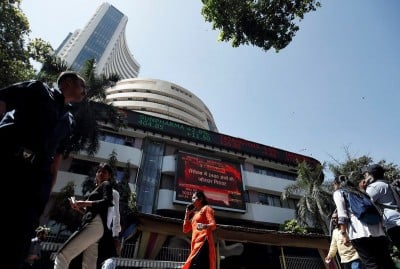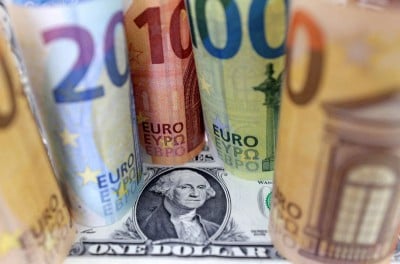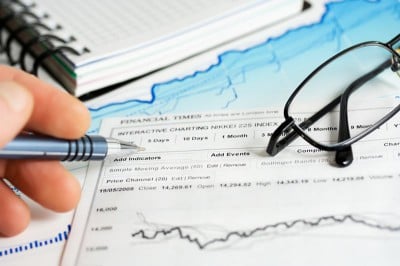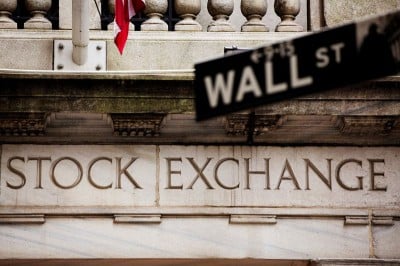 NG -0.26% Add to/Remove from Watchlist Add to Watchlist Add Position
NG -0.26% Add to/Remove from Watchlist Add to Watchlist Add Position Position added successfully to:
+ Add another position Close
By Wayne Cole
SYDNEY (Reuters) - Australia's current account slid into deficit in the September quarter as prices for some commodity exports fell and locals spent more money abroad, leaving trade as a drag on the economy overall.
Other data from the Australian Bureau of Statistics on Tuesday showed government spending was surprisingly strong in the quarter, helping offset the drag.
Australia's current account fell to a deficit of A$158 million ($104.49 million) in the third quarter. That was down from a surplus of A$7.8 billion in the second quarter and well under forecasts of a A$3.1 billion surplus.
Exports were pulled down by falling prices for coal and liquefied natural gas, while imports of oil climbed and more Australians travelled abroad.
The ABS said net exports would subtract 0.6 percentage points from gross domestic product (GDP), compared with forecasts of 0.2 percentage points.
That was balanced in part by a 1% rise in government spending, which added 0.3 percentage point to GDP. In addition, a sharp rise in mining inventories in the quarter looked to have contributed around 0.9 percentage point to growth, suggesting some upside risk to GDP.
Figures for third-quarter GDP are due on Wednesday; median forecasts had been for a subpar increase of 0.4%, which would see annual growth slow to 1.8%, its lowest rate since late 2020, when the pandemic had closed much of the economy.
The resilience of domestic demand is a major reason the Reserve Bank of Australia (RBA) raised interest rates to a 12-year high of 4.35% in November, ending four months of steady policy.
The central bank will hold its last meeting of the year on Tuesday and is considered likely to stand pat this time, awaiting more data on inflation and employment.
Markets are pricing in a tiny chance of another rise now, but a 40% probability of a move by March.
In a telling barometer of consumption, industry data on
Tuesday showed new vehicle sales surged in November and were almost 18% higher than a year earlier. Six of the past seven months have seen record sales, and 2023 as a whole is set for a record.
"This is an extraordinary result in what is now likely to be an extraordinary year," said Tony Weber, head of the industry body FCAI. "As the challenges of the past year's supply chain disruptions recede, consumers have greater access to a broad range of choices."
($1 = 1.5122 Australian dollars)
Australia trade drags on Q3 growth, government spending a boost








